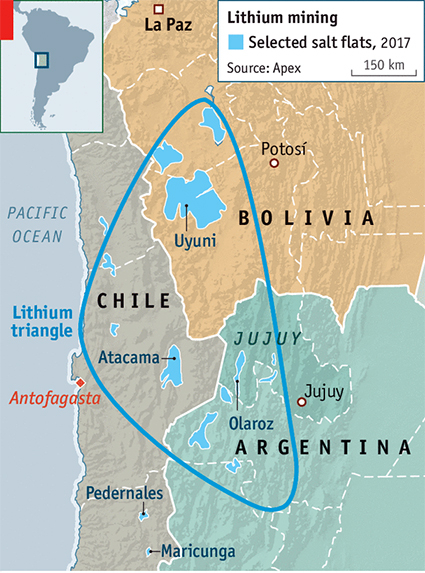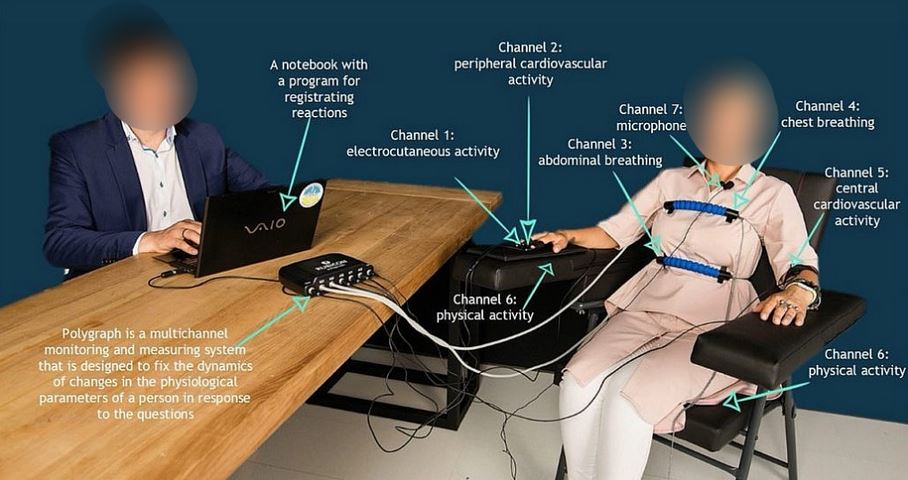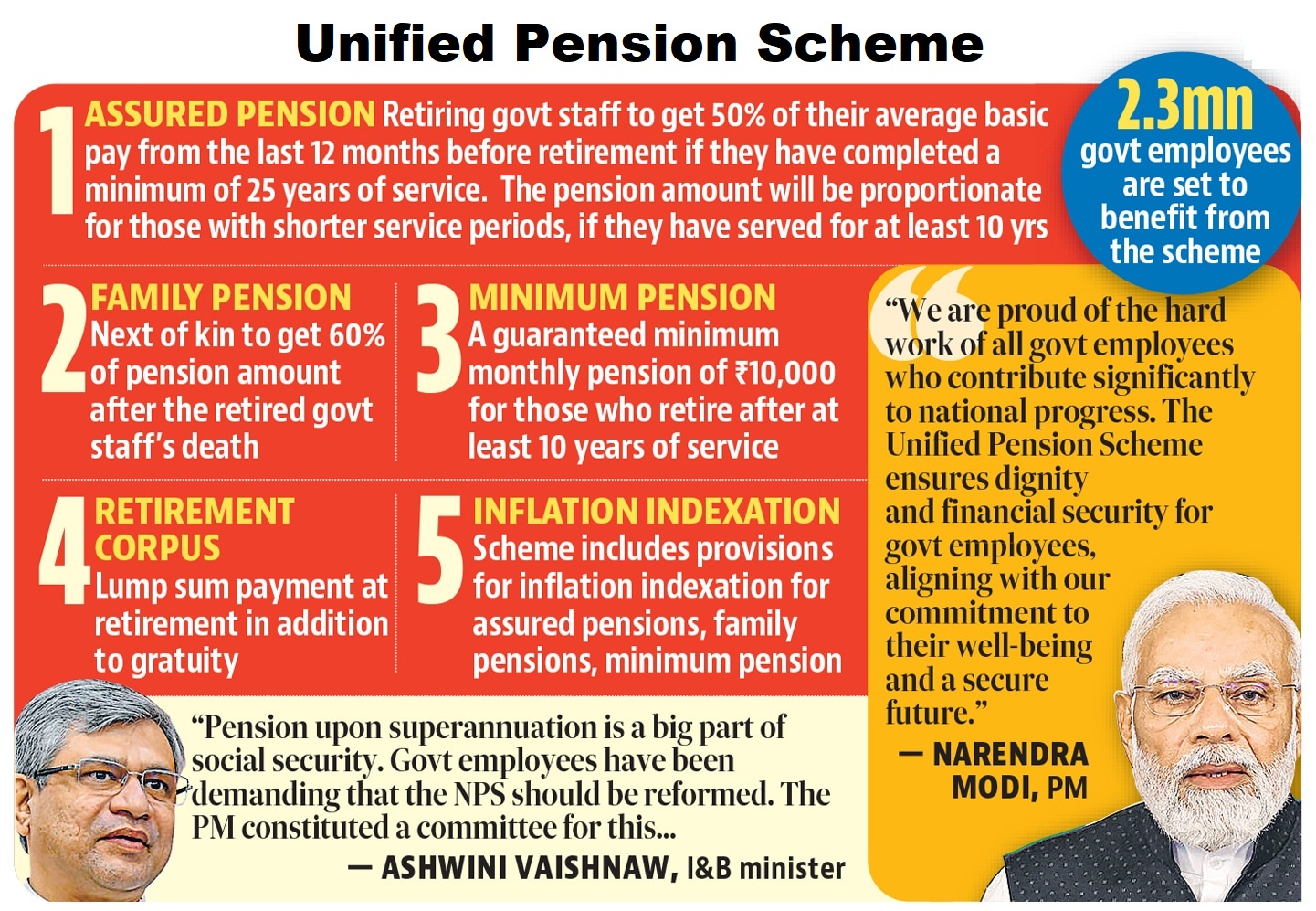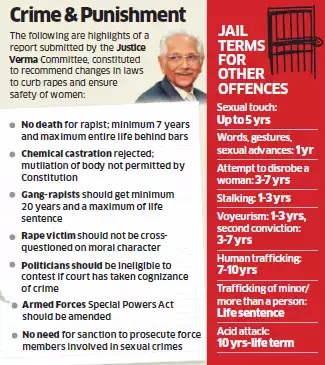Why in the News?
The recent declaration of Mpox (formerly monkeypox) as a Public Health Emergency of International Concern (PHEIC) by the WHO highlights several critical lessons learned from the COVID-19 pandemic.
Major Learnings from the COVID-19 Pandemic
|
Recent Initiatives by India’s Drug Regulatory Agency:
- On August 7, 2024, India’s Central Drugs Standard Control Organization (CDSCO) decided that drugs already approved in developed countries like the U.S. and those in the EU can be used during pandemics in India without needing to go through clinical trials here.
- This regulatory change is expected to expedite the availability of critical vaccines like MVA-BN (Jynneos) in India, facilitating faster access to vaccines necessary to combat the Mpox outbreak.
What could be the more improved solution for it?
- Scaling Up Production: The demand for pox vaccines is anticipated to surge, with estimates by AfricaCDC, suggesting that 10 million doses are needed to control the outbreak. However, only 0.21 million doses are currently available.
- Indian manufacturers, such as the Serum Institute of India and Bharat Biotech, have the potential to rapidly scale up production of the MVA-BN vaccine using established processes and supply chains.
- Comprehensive Technology Transfer: Effective technology transfer involves sharing not only the vaccine but also the necessary biological resources, manufacturing know-how, and patents. This is essential to enable lower-middle-income countries to produce vaccines independently, reducing reliance on high-income countries.
- Collaborative Negotiations: The Indian government, in collaboration with international organizations like WHO and Gavi, should negotiate with Bavarian Nordic for technology transfer to technology transfer for developing the vaccine.
Way forward:
- Strengthen Local Manufacturing: Encourage Indian manufacturers like the Serum Institute of India and Bharat Biotech to rapidly scale up production of the MVA-BN vaccine, ensuring timely and sufficient supply to meet both domestic and global demand during the mpox outbreak.
- Facilitate Technology Transfer: The Indian government should lead collaborative efforts with international organizations to secure comprehensive technology transfers, enabling domestic production of vaccines and reducing dependency on high-income countries.
Mains PYQ:
Q COVID-19 pandemic has caused unprecedented devastation worldwide. However, technological advancements are being availed readily to win over the crisis. Give an account of how technology was sought to aid the management of the pandemic. (UPSC IAS/2016)





